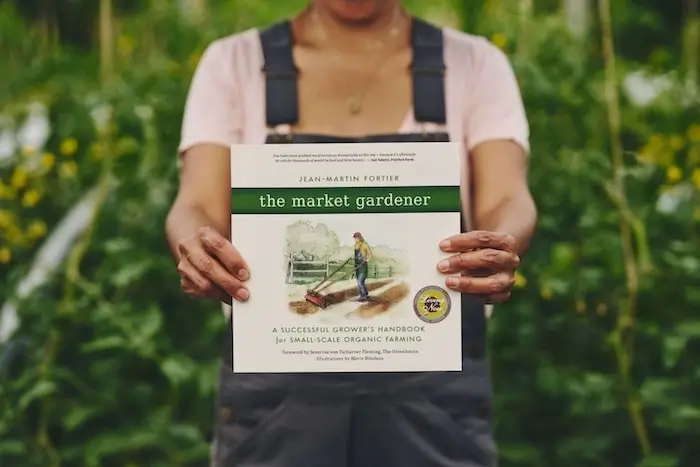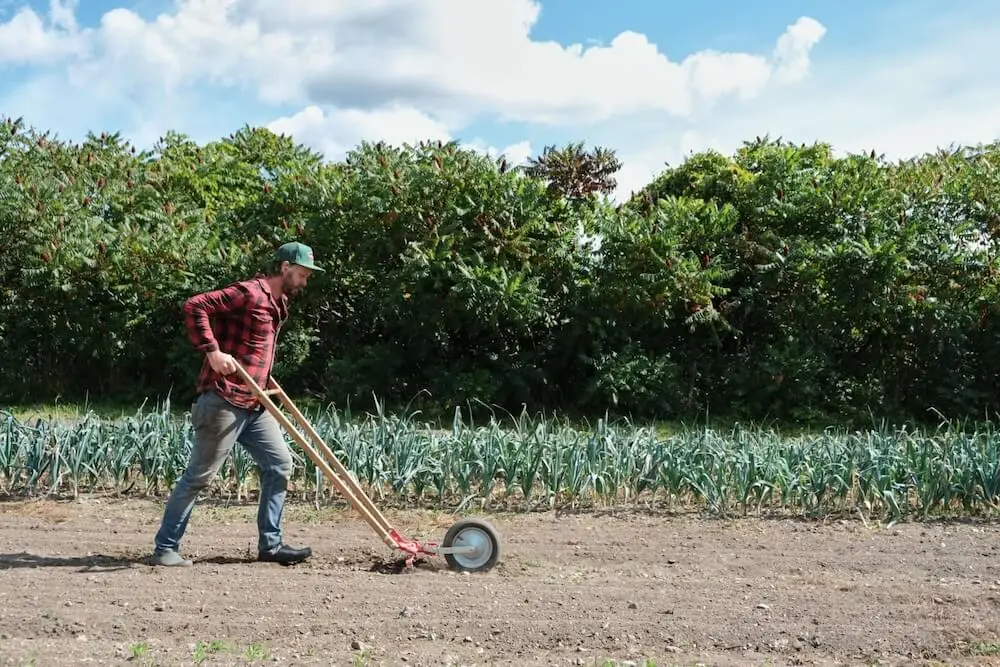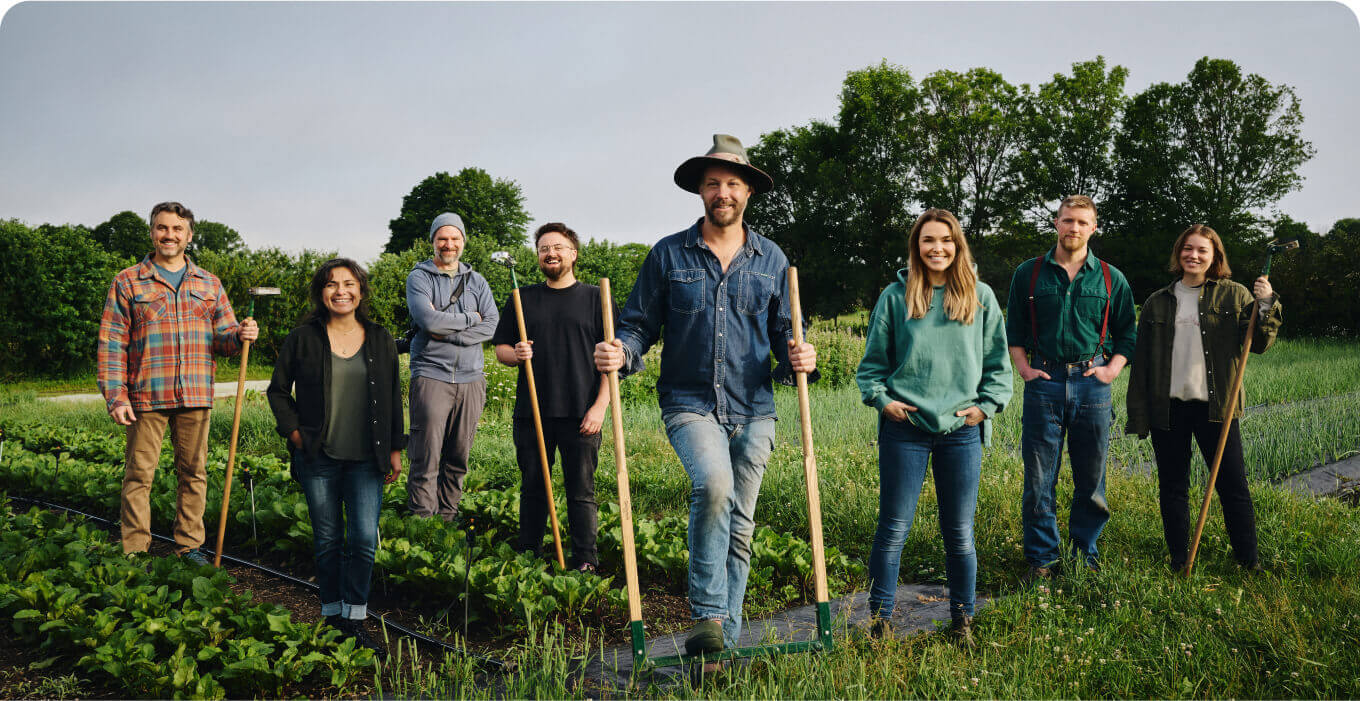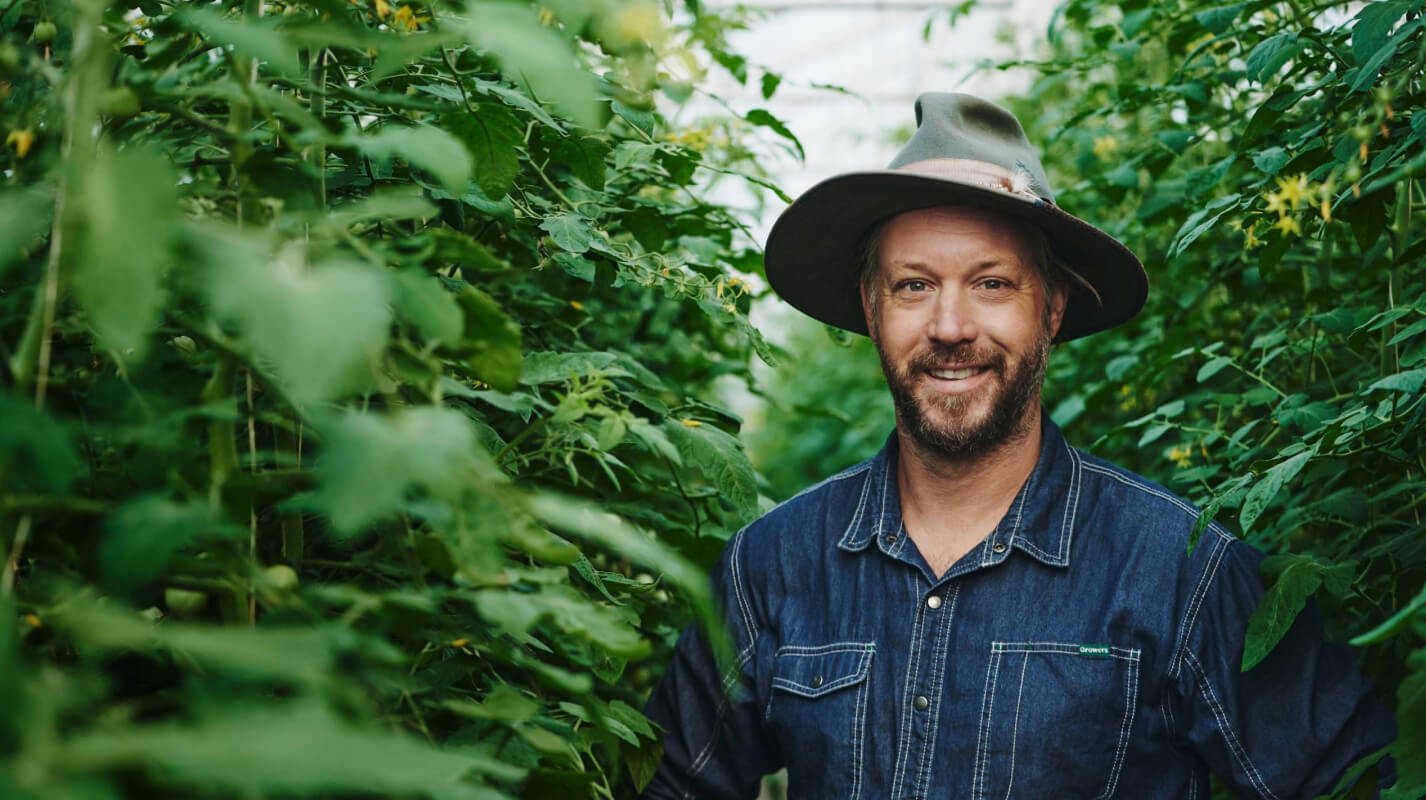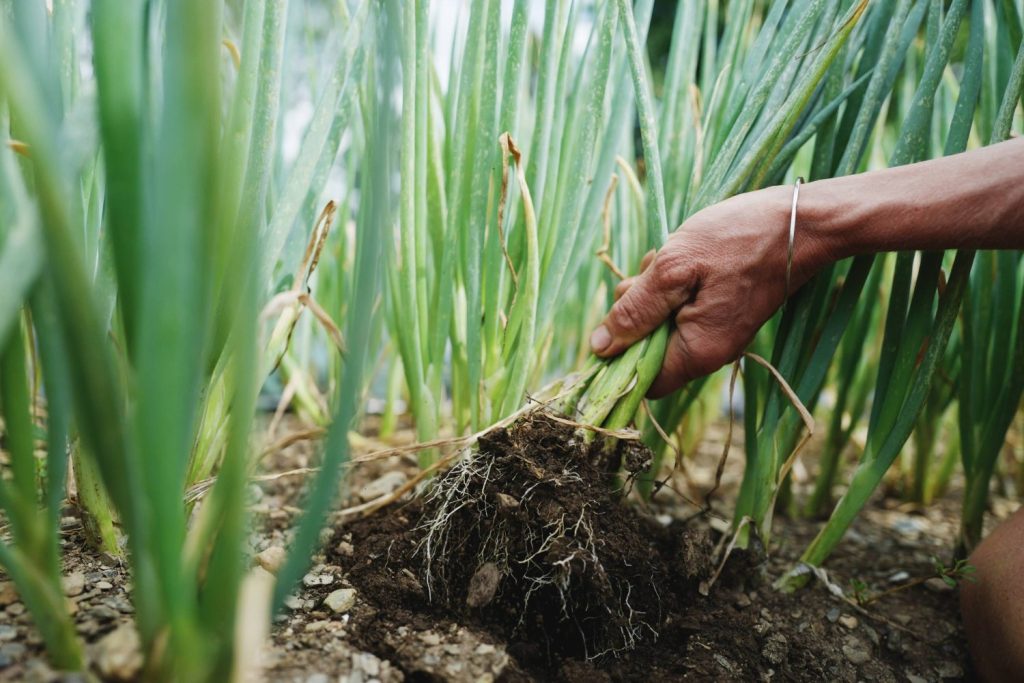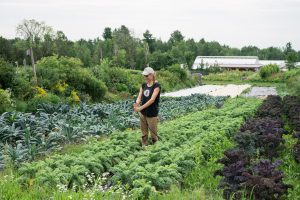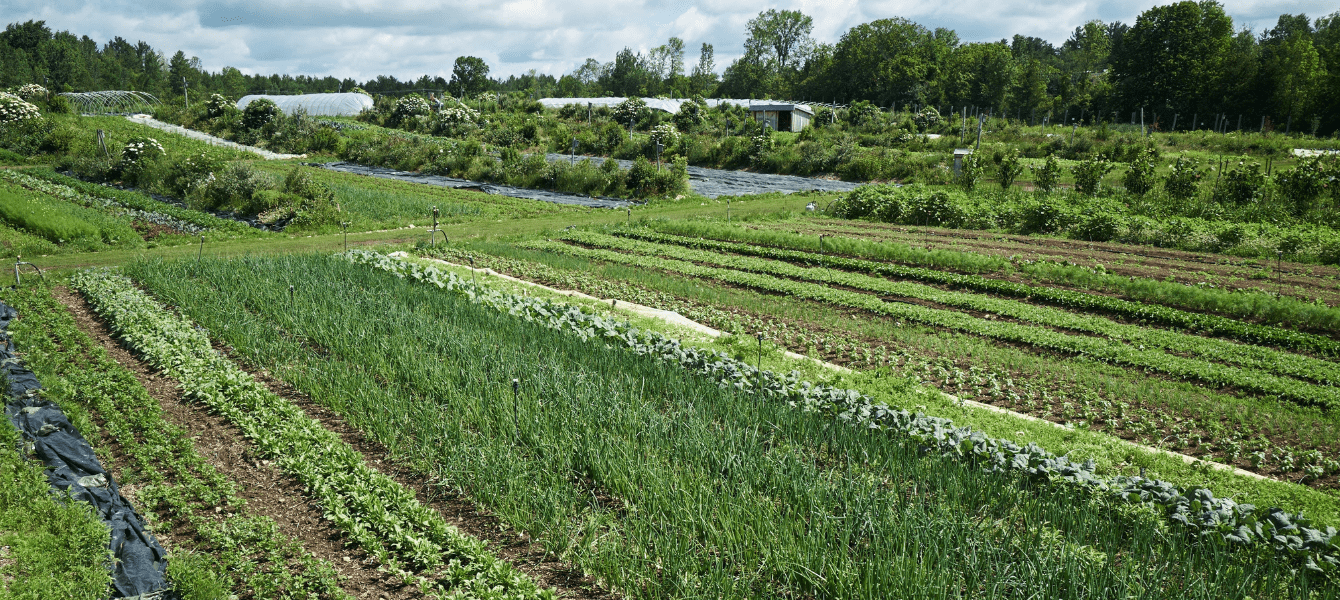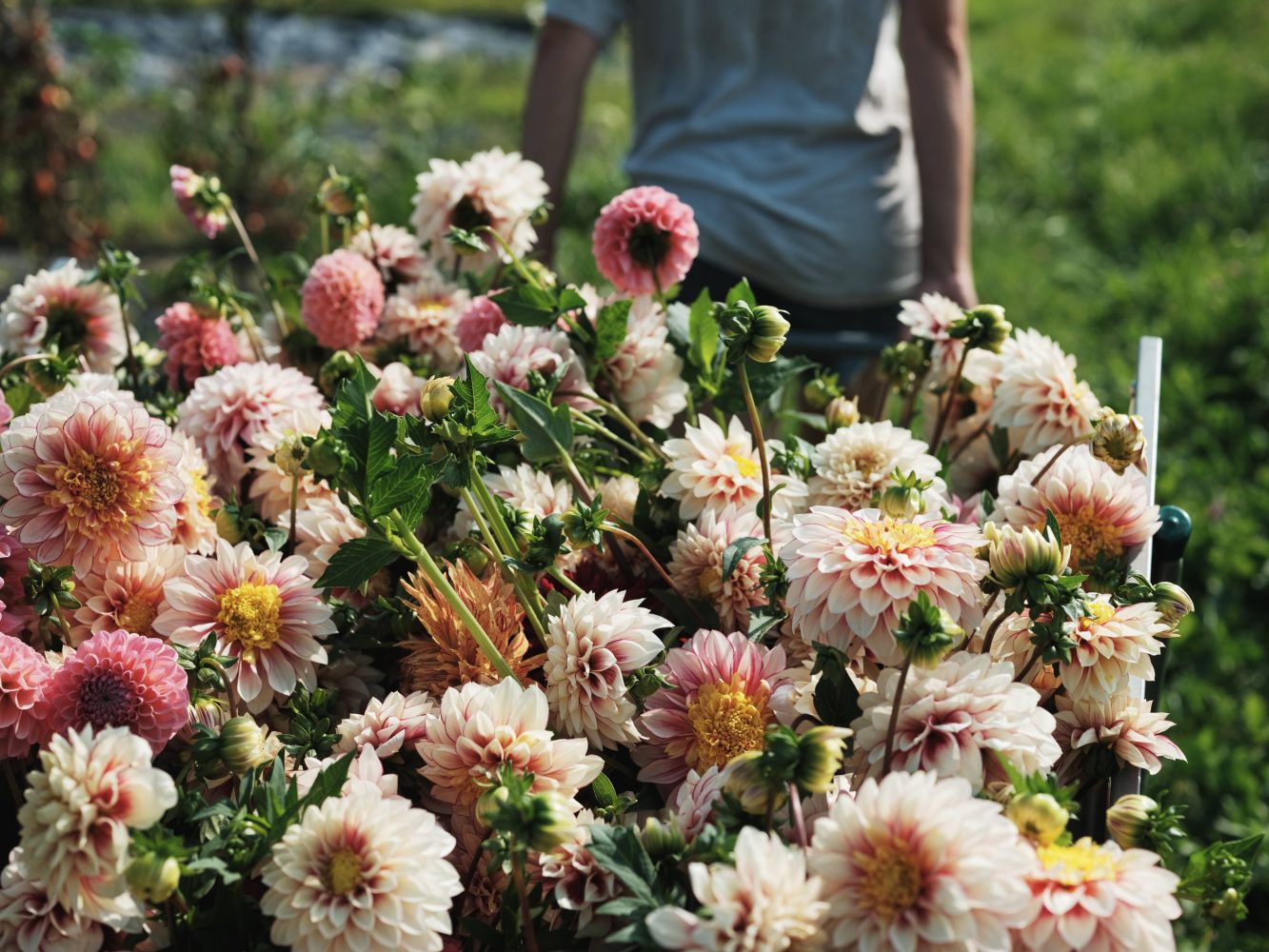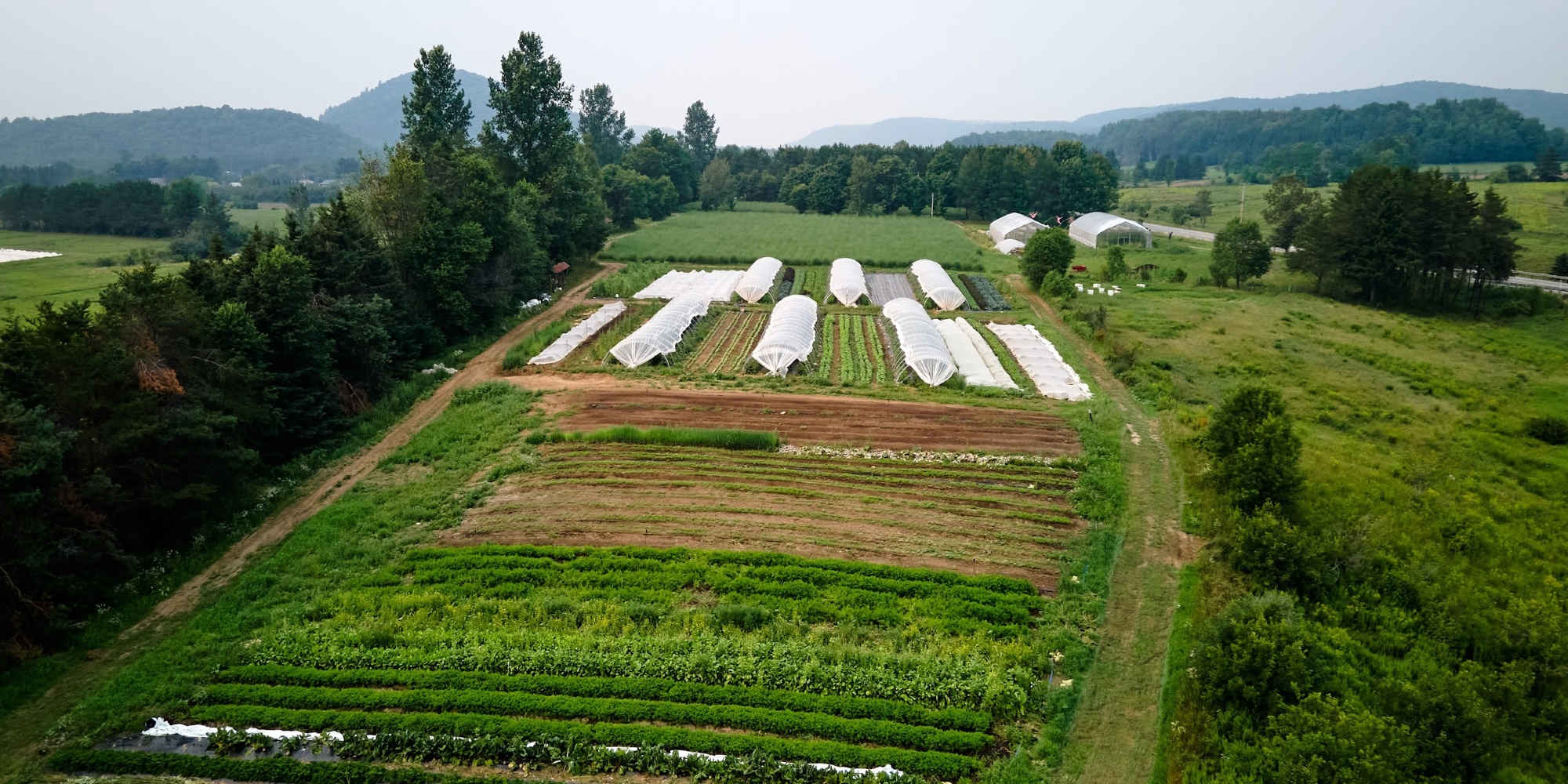A productive garden that yields beautiful vegetables depends on one fundamental element: a good dose of compost to nourish the soil, which in turn nourishes the plants. That’s the basis. But to do things right, you need to go further: nourishing both the soil AND the plants is essential. This is called supplemental fertilization, and it’s very simple. In this article, you’ll learn how to fertilize your garden.
Why Fertilize? Nourish The Soil And Plants
Before wondering how to fertilize your garden, it’s essential to first ask yourself the following question: Why fertilize?
The soil is a reservoir of nutrients, but plants tap into it for growth. Over time, certain elements are depleted, and if they are not replenished, the soil becomes impoverished. This is why adding organic matter, mainly in the form of compost, helps preserve soil richness even when growing a lot of vegetables.
That said, some plants have enormous nutrient requirements when they are growing. This is particularly true for tomatoes, peppers, cucumbers, and several other vegetables that form a canopy. To reach maturity quickly, these vegetables benefit from a fertilizer that stimulates their growth, particularly the foliage, which captures light more efficiently and promotes good root development. This is where a natural fertilizer comes in, allowing the plant to quickly absorb the nutrients it needs.
The fertilizers we are talking about here are natural and non-chemical (which would otherwise destroy the microbial life in the soil and inevitably deplete it). These are products such as snow crab flour, seaweed, alfalfa, and feather meal, which, when properly dosed, stimulate microbial life in the soil, improve its structure, and make nutrients more accessible to the roots.
How To Fertilize Your Garden: Adapt Fertilization To The Needs Of The Plants
Not all plants have the same nutritional requirements. It is therefore important not to fertilize blindly, but rather to adjust the amounts of compost and fertilizer according to the vegetables you are growing.
High-Demand Plants
Some crops absorb a lot of nutrients and require regular additions of compost and 4-1-9 fertilizer rich in nitrogen, phosphorus, and potassium.
- Tomatoes, peppers, eggplants (Solanaceae)
- Squash, melons, zucchini, cucumbers (Cucurbitaceae)
For all these vegetables, amend the soil before planting with compost and a balanced natural fertilizer, such as 6-1-5, which ensures optimal growth and promotes root development.
- Cabbage, broccoli, cauliflower, kale, Brussels sprouts (Cruciferous vegetables)
Moderately Demanding Plants
Vegetables such as carrots, beets, and radishes, as well as leafy vegetables (lettuce, spinach, swiss chard), grow well with compost but should be grown on plots that have been composted the previous year. To optimize their growth, a supplemental fertilizer such as 6-1-5 fertilizer is recommended at planting. In this regard, I particularly favor the Bionik line, which is distributed by Gloco, a century-old Quebec family business founded in 1919 that is known for the quality of its natural fertilizers.
Bionik’s forest and marine compost is a particularly rich soil amendment, concentrated in beneficial microorganisms for the soil. Composed of bark residues and marine waste, including crustacean shells, it allows these materials to be recycled by returning them to the soil rather than being discarded. The Bionik range includes eco-friendly products that are entirely manufactured in Quebec. Appreciated for their superior quality, Herbionik and Bionik products are used by consumers and professionals alike who are looking for effective and natural solutions to enrich their soil.
Low-Maintenance Plants
Some crops even enrich the soil by fixing nitrogen from the air. They require only well-structured soil and minimal fertilizer.
- Legumes (peas, beans, broad beans)
- Aromatic herbs (thyme, rosemary, sage)
No compost or fertilizer is added unless the soil is very poor or has never been amended before.
How To Apply Fertilizers?
Supplemental fertilizers are non-soluble, which means they must be incorporated into the soil. After aerating the soil with a broadfork, apply compost and/or fertilizer in powder form to the soil, then mix lightly with a hoe or rake. It’s that simple!
Living Soil For a Productive Garden
By learning how to fertilize your garden, you can ensure the health of your garden while preserving its natural balance.
Take care of your soil, and it will take care of your crops!

